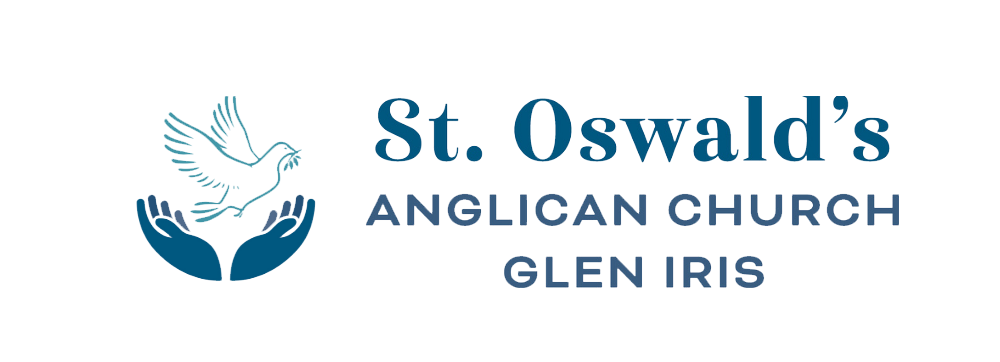Music program for Lent 2023
Choir is in full swing at St Oswald’s this Lent, singing each Sunday up to and including joyful Easter Sunday. Lent is a great time for music, disciplined practice and a focus on the meaning of music during mass. To help guide you through our music and hymns over the coming weeks, I’ve put together a few thoughts and reflections:
Hymns
Over the past five weeks as we have explored the Voice and its connections to bible, beliefs and our shared faith, we’ve learnt a few new hymns which have been great hits with the choir and hopefully with you.
Continuing that journey of newness and exploration there are some new hymns this Lent from an English hymnal called Laudate. With the choir to lead you, if the hymns look unfamiliar, you can always wait out the first verse and join in with the second one, once you’ve got a feel for the melody.
There are a mixture of familiar tunes such as Again we keep this solemn fast, From ashes to the living font and My song is love unknown. Watch out for Ashes and the ancient chant based hymn Attende Domine, or as the English refer to it as, Lent Prose. Mozarabic and from the 10th century, you can track its translation into English back to the time of Myles Coverdale.
Guests
Thrilled to welcome Angus Pace back playing the bass trombone on Sunday, 5 March and Ray Thomas and the consort of recorders for Palm Sunday. It’s a real thrill to be joined by both.
Choir
Always looking for new recruits, our steady band of singing Oswaldians are in rehearsals every Thursday evening at 730 pm. We are low on cantors so will be alternating between the choir singing the Psalm as a hymn or anthem and our normal cantor and response style. Thanks to Win and Peter for their continued contribution to worship as Cantor.
We will be singing a number of Margaret Rizza’s contemplative sacred songs over the season of Lent. Some you might have heard last year. There are a few reasons. The works are beautifully crafted with original words. They are complex without being too difficult, so they are accessible. This way our singers can focus on the two bigger works we’re preparing for you.
First is the Ave Verum Corpus of Camile Saint-Seans, one of six settings of the same text. This is the E flat major composition published in 1865. It is extremely difficult and beautiful. We’ll sing this (hopefully) twice, once at the end of Lent and another on Holy Thursday in the evening.
The text translated into English: Hail True Body, born of the Virgin, who, having suffered was sacrificed on the cross for humankind; from whose pierced side flowed water and blood. For us let it be a foretaste in the trial of death.(source: Anne-Marie Forbes 2012)
The second is a joyful Alleluia for Easter by the master of the organ, Dietrich Buxtehude. More about him in a moment. It is honestly full of the best syncopations and part-pairings I have ever heard. Again, it’s a challenging work and lots of fun for the singers. And a lot of work for the organist!
Organ music
Before mass will be Mendelssohn and post mass Buxtehude. Mendelssohn needs no introduction and most probably neither does Buxtehude. Both were organists by trade. Both were profoundly important to JS Bach; Bach preserved Buxtehude’s compositions and Mendelssohn preserved Bach’s works. PS the beautifully decorated organ you saw on the way to reading this article is from the church in Denmark where Buxtehude probably learnt to play from his dad.
I’ve chosen a selection of Mendelssohn for its quiet lyrical beauty and mood. Just right to get us settled and open our hearts before the service starts. Technically challenging and compounded by the very different kind of organ to the ones Mendelssohn played, some of the works will be complete and some will be excerpts from the longer Organ Sonatas I-VI.
Famous cartoon of Mendelsshon at the organ.
As postludes I’ve chosen two Toccata, a Ciacona and Passacaglia by the great Buxtehude. I like them because they are dramatic and arresting. Very Italian. They would have been heard all across Northern Europe during the Baroque on organs similar to ours. For the Toccatas, I’ll be using the very loud pipes (the Mixture) to announce the work, so please don’t get a fright as the works do get a bit softer as they progress.
Feedback
Music suggestions, favourite hymns or works for the choir and enquiries to join the music program are welcome. We are a fun loving and dedicated bunch. Regardless of musical experience or any thing else, all are welcome.
Daniel, the organist
0412 806 034

